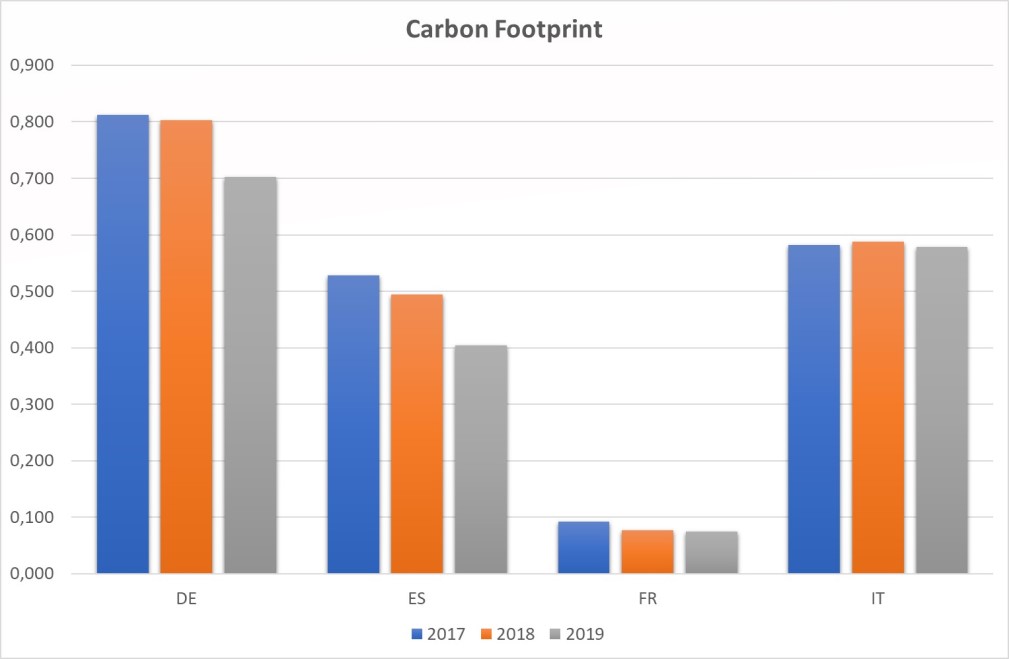
As every year, Eurostat has published the "Energy, Transport and Environment Statistics" 2020 edition, released on 6 November 2020.
These are 3 areas of analysis: energy, transport and the environment, which have a lot to do with the European Commission's Green Deal.
In 2018, almost a third of gross electricity production comes from renewable sources and biofuels, but oil remains the most important source of energy for the European economy.
In the energy field it should be noted that renewables are at 18.9% in 2018 (the 2020 target is 20%) while renewables in transport reached 8.3%. However, it should be pointed out that road transport in 2018 still accounted for 75.3% of total domestic freight transport.
As far as the environment is concerned, 492 kg of municipal waste per capita was produced in the Union in 2018, of which 47.4% was recycled. All EU Member States reached the 22.5% recycling target for plastic packaging in 2017 and the recycling rate at EU level is 41.7%.
Greenhousegas emissions in the EU fell by 21% between 1990 and 2018. Below is an interesting comparison based on the LCA methodology between 1 kWh of electricity in medium voltage from different countries:
| 1 kWh | U.M. | 2017 | 2018 | 2019 |
| German residual mix electricity | kg CO2eq | 0,813 | 0,803 | 0,702 |
| Spanish residual mix electricity | kg CO2eq | 0,528 | 0,494 | 0,405 |
| Electricity from residual mix French | kg CO2eq | 0,093 | 0,077 | 0,074 |
| Electricity from italian residual mix | kg CO2eq | 0,582 | 0,588 | 0,579 |
